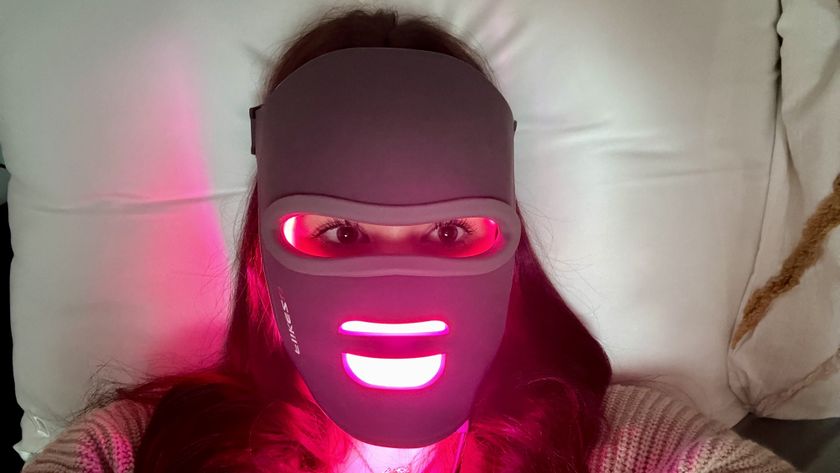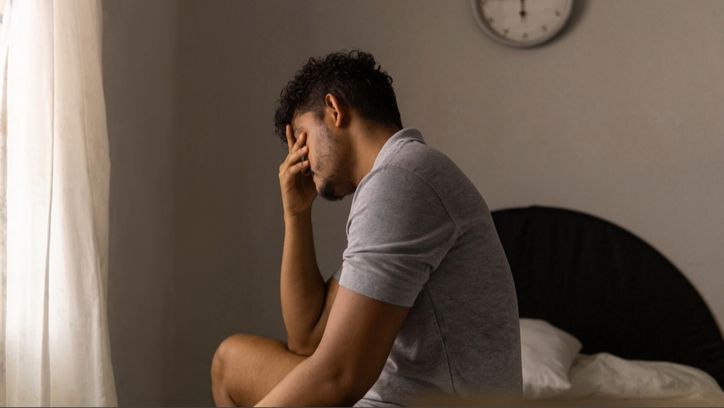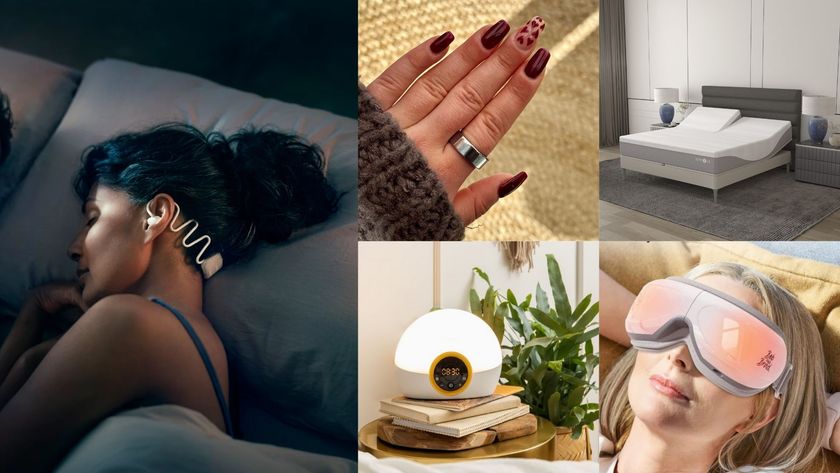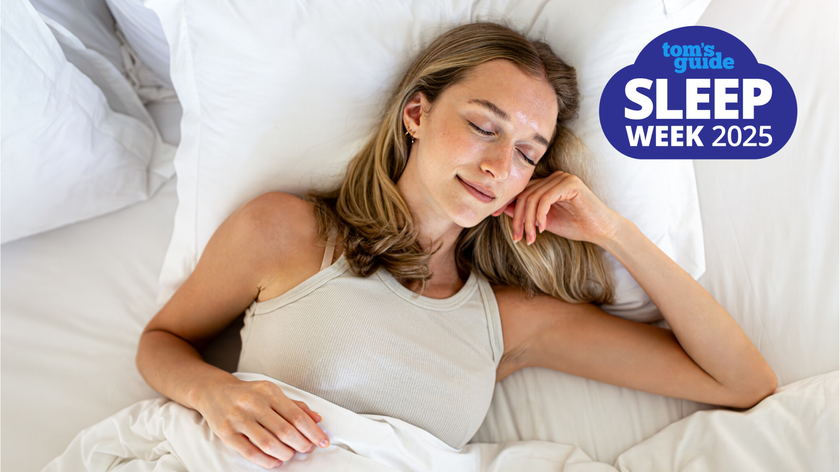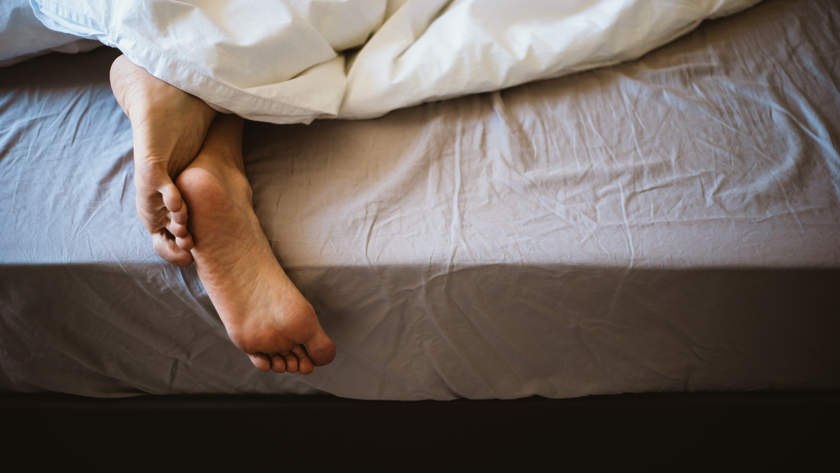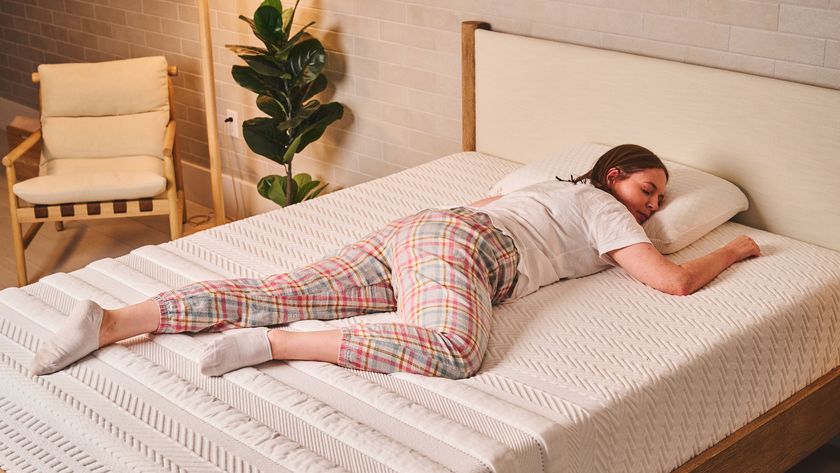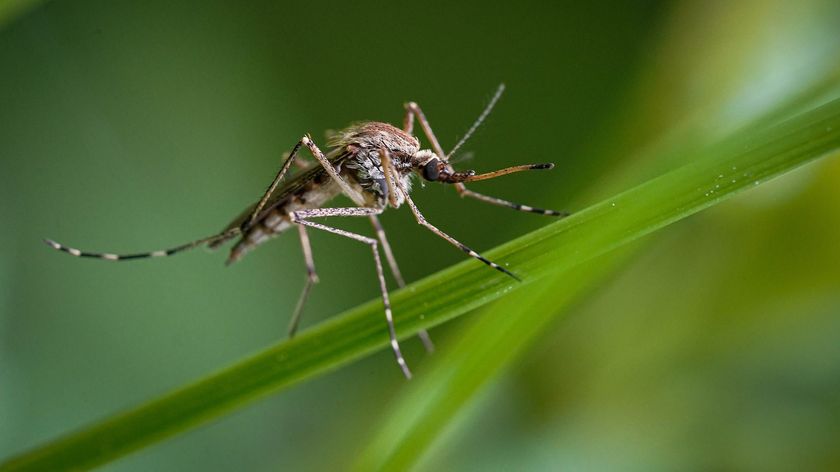This easy sleep hack improves reaction times and learning skills, study finds
Making this one simple switch could give your brain a boost the next day

Good quality sleep is essential if you want to be operating at your best during the day, but new research has an easy hack that could help give your brain a little extra boost. According to a study, wearing an eye mask while you sleep at night could help you improve memory and alertness the following day.
The study involved a total of 122 participants, and involved undertaking various tasks after nights spent sleeping while wearing a light-blocking eye mask, and without the light-blocking mask. Participants showed improved episodic encoding (the process of receiving and registering information, in order to form a memory) and alertness the day after wearing the light-blocking mask to sleep.
As we'll explain in more detail later in this article, light signals play an important role in how our bodies regulate their sleep-wake cycles. For this reason, creating a dark environment to sleep in is a key part of healthy routine, along with things like avoiding late evening screen time, going to bed and waking up at regular times, and ensuring you have a supportive and comfortable sleep setup (see our best mattress guide for our recommendations there).
While some sleep hygiene rules are a pain to follow, a light-blocking mask is an easy way to ensure no ambient light creeps in a disturbs your sleep. The specific benefits unearthed in this study have plenty of practical benefits – they're particularly relevant for anyone studying, or driving a car, for example.

The first test was conducted over the course of two consecutive summers – the time of year when ambient light from the morning sun is most problematic. Study subjects were asked to wear a light-blocking mask for sleep one week, and no light-blocking the following week (in 2018, participants wore no mask in this second week, and when the test was repeated in 2019, they wore a mask with holes cut around the eye area). Everyone slept with open shutters or blinds for the duration of the study.
Participants were then asked to perform cognitive tasks in the morning – one to assess learning performance, one focusing on reaction times, and a third on motor-skill learning. Those wearing a light-blocking mask showed faster reaction times, and improved learning performance too. (In this study, there were no significant improvements in the motor skills task.)
Participants also self-reported their alertness levels each day via an online sleep diary (measured using the Stanford Sleepiness Scale). Interestingly, the questionnaire showed that participants didn't feel any more alert on days after wearing the light-blocking mask, and they didn't sleep any longer on days when they were wearing it, either.
Sign up to get the BEST of Tom's Guide direct to your inbox.
Get instant access to breaking news, the hottest reviews, great deals and helpful tips.
How does light affect sleep?
Humans' sleep-wake cycles are heavily affected by light and dark. The part of the brain that controls the body's circadian rhythm is called the suprachiasmatic nucleus (SCN). In daylight, signals reach the SCN to tell it it's time to be awake, and the SCN responds by inhibiting the urge to sleep. When it's dark, the SCN turns off this signal. The SCN also controls the production of the hormone melatonin, which makes you feel sleepy.
Sending the wrong signals to your brain at the wrong times can mess around with your internal clock and prevent you from getting into the stable routine that leads to good quality sleep.
Even if you have your main light switched off and – unlike the participants in this study – blinds firmly closed, there are multiple ways that ambient light can creep into your bedroom at night. If you live in an urban area and don't have well-fitting blackout blinds, street light or car headlights can creep in around or through your curtains, and in the summer, the late setting and early rising of the sun can filter through your curtains and make your room bright outside of the hours when you should be sleeping.
Also consider the light sources coming from within the house itself. Hall lights creeping in around cracks in the doors, charge or standby lights on electronic devices and blinking fire alarms can all generate a surprising amount of light.
For more tips on building a better sleep routine, check out our guide to the 10-3-2-0 sleep rule or our Navy SEAL technique to help you drop off faster.

Ruth is currently Homes Editor on Tom's Guide's sister site TechRadar, where she reviews and writes about everything from air fryers to vacuum cleaners to coffee machines, as well as the latest smart home gadgets. Prior to making the shift to Homes, Ruth was Tom's Guide's Sleep Editor. A certified Sleep Science Coach, she has tested more mattresses than her small flat can handle and will talk at length about them to anyone who shows even a passing interest.
